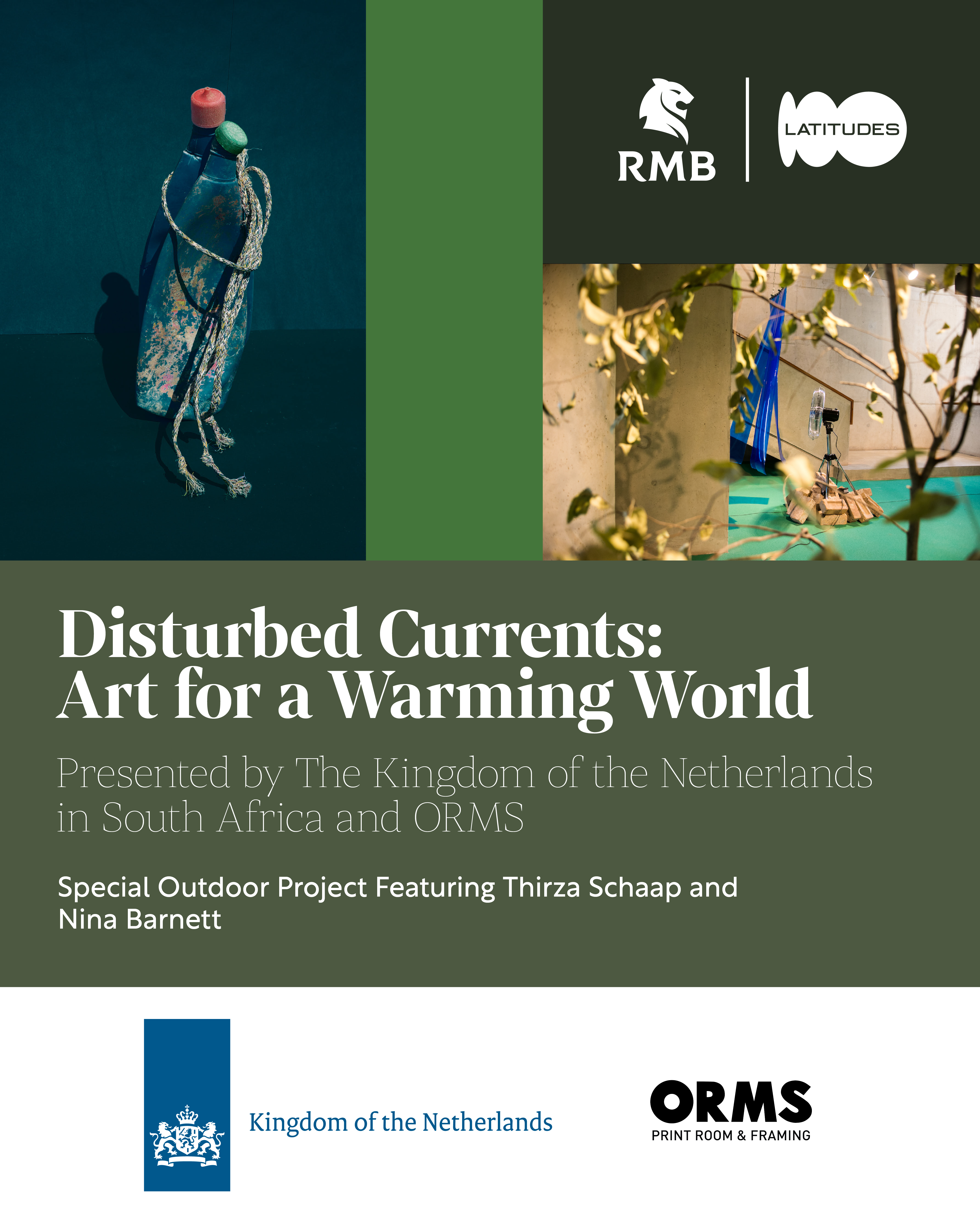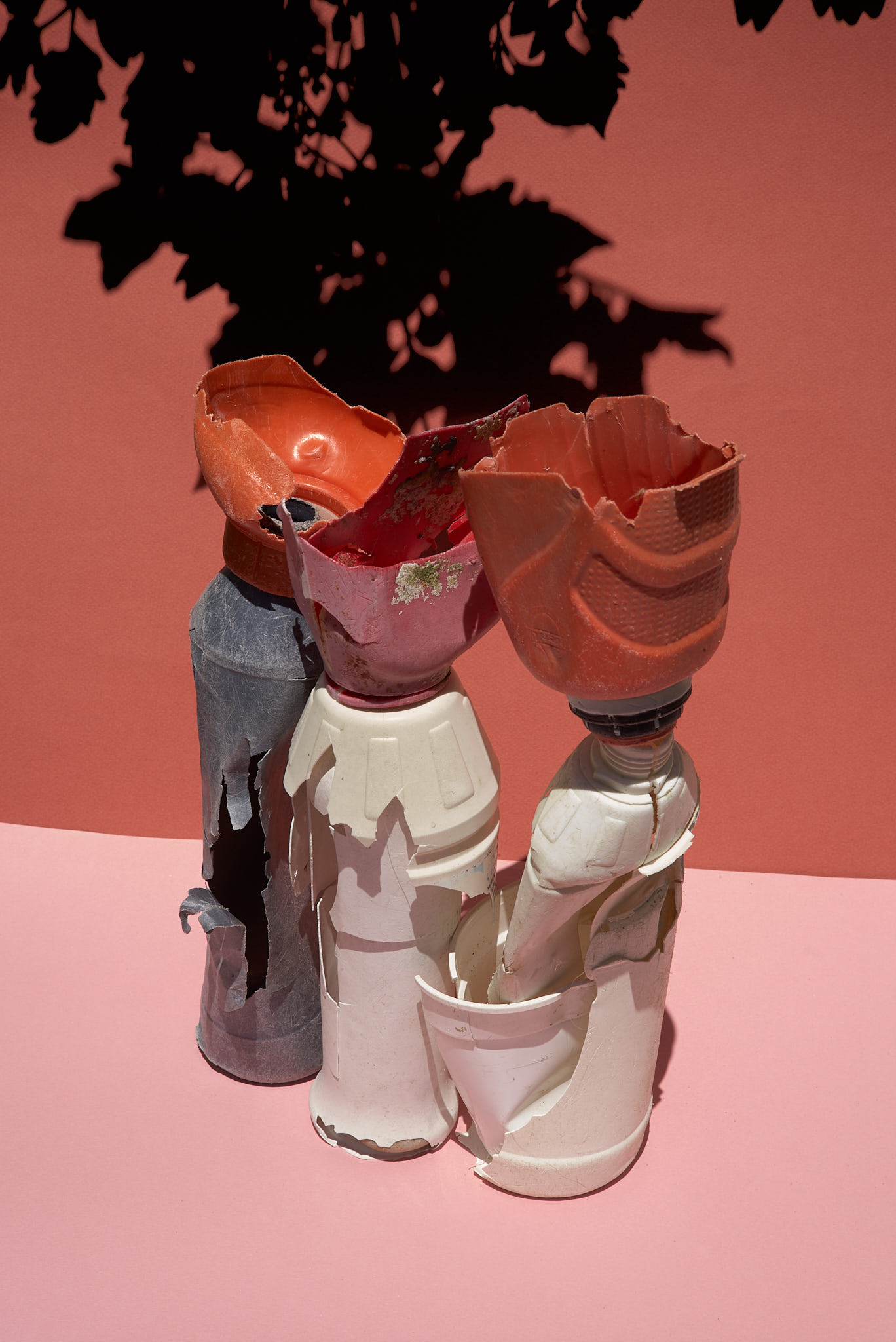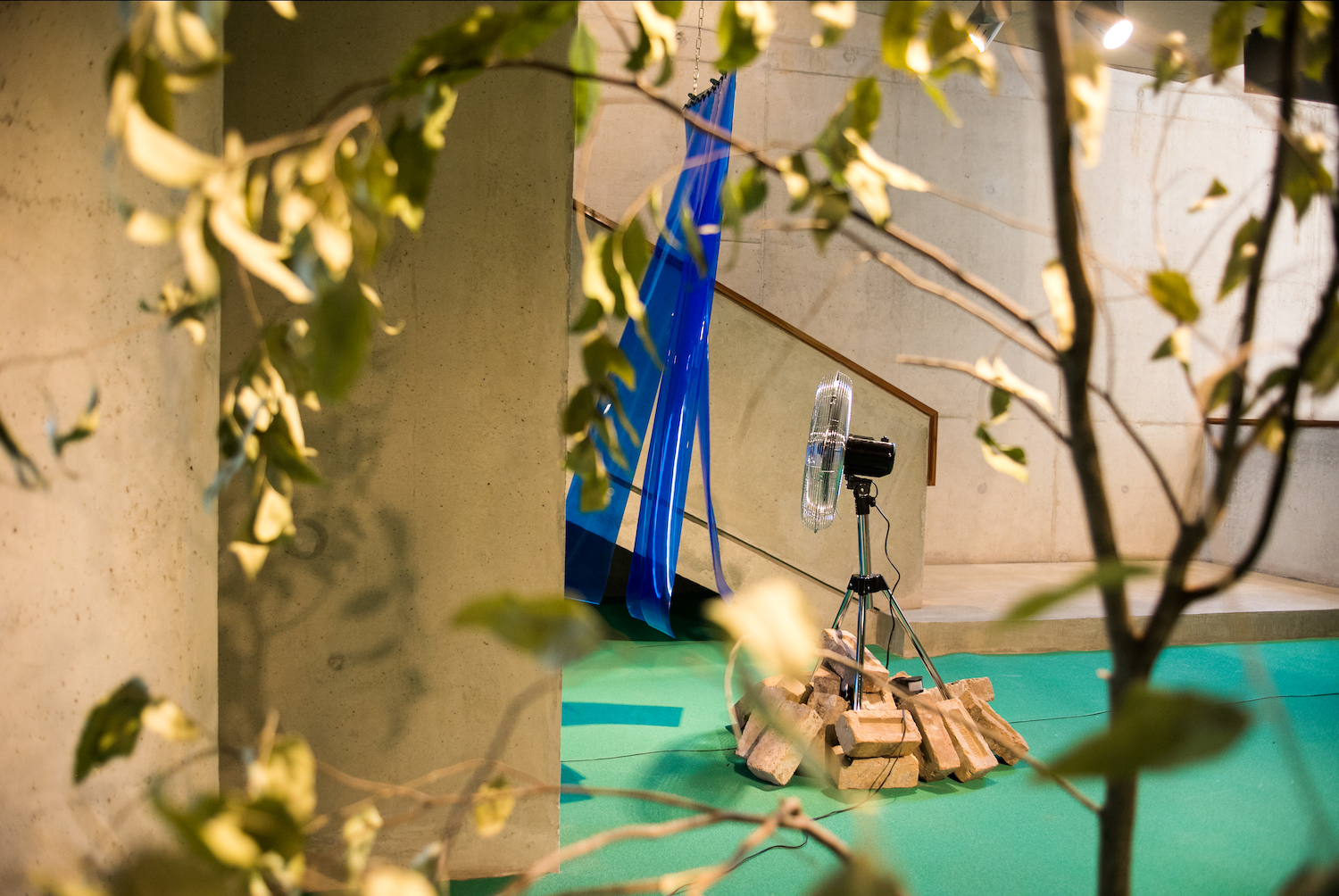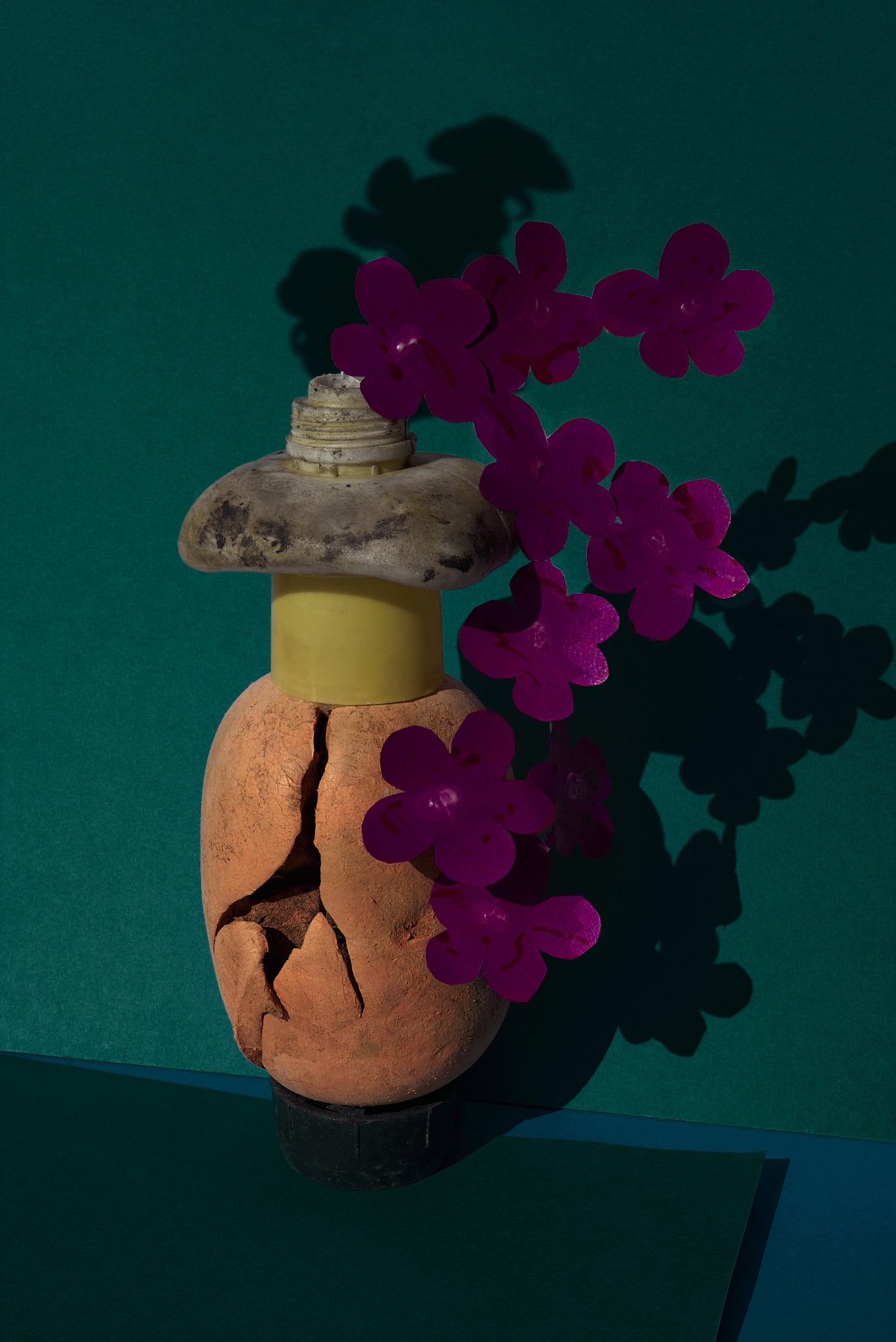Disturbed Currents: Art for a Warming World
Presented by The Kingdom of the Netherlands in South Africa and ORMS
Special Outdoor Project Featuring Thirza Schaap and Nina Barnett

------------
Each year, the outdoor spaces of Shepstone Gardens become the largest exhibition space at RMB Latitudes — an immersive garden of art, nature and discovery. This year, in response to the ever-pressing global climate emergency, RMB Latitudes, The Kingdom of the Netherlands in South Africa and ORMS present a powerful outdoor activation by artists Thirza Schaap and Nina Barnett.
Both artists — one Dutch, one South African — work with ecology as their point of departure. Both ask us to pause and look differently. And both have created practices that compel us to reimagine our relationship to place, material and meaning.
Schaap, known for her acclaimed Plastic Ocean series, creates deceptively beautiful compositions using discarded plastic collected from beaches. Her work is seductive at first glance — bright, playful, almost pop. But within seconds, the viewer’s delight gives way to discomfort. This is the paradox at the centre of Plastic Ocean: the aesthetic appeal of waste becomes an unsettling mirror for our throwaway culture. Schaap invites us to reckon with consumption, grief and what we choose to treasure.

Barnett, meanwhile, turns her gaze underground and upstream.
Her installation at RMB Latitudes Art Fair 2025, Carried and Spilled, focuses on Johannesburg’s water — its spruits, rivers and aquifer, as well as urbanised bodies of dams, swimming pools, water features and piped flow. Shepstone Gardens is located on the Witwatersrand Ridge, a rocky outcrop that bifurcates the city’s northern and southern areas. The ridge was named, by early white settlers, for the glistening water that flowed in seasonal, summer waterfalls. These waterways have been largely covered by concrete and tar, but their former presence indicates a gravitational continental divide that still separates two distinct watersheds.
As the water flows outwards, it carries messages: of extraction and pollution, of flood or drought, of activity and stagnation along its course. These messages show the entangled nature of moving water - both human and environmental, its form constructed by an interplay of elemental force and anthropogenic infrastructure.
This installation takes its form in relation to the artificial water features that are present throughout the Gardens. Collected waters pumped from labeled tanks into a suspended clear tarpaulin. A small drip from the hanging water lands on a pile of water-based drawings on handmade paper. The drawings, depicting relationships between geological, social and infrastructural landscapes, will slowly become water-logged over the course of the RMB Latitudes Art Fair, as the dripped water forces the paper to return to pulp, and the pigment to bleed.
In the Japanese water garden, the names of water containers - from POOL, to SWAMP and BASIN — are placed under the water's flow, summoning the varying forms that this liquid materiality may take, the cavities it may temporarily occupy.

Nina's practice spans drawing, moving image, and installation, all rooted in the body’s relationship to scale, time and terrain. At RMB Latitudes, she invites us to think with water — not just as infrastructure, but as a living presence with agency, history and a future we must care for.

Together, Schaap and Barnett’s projects hold space for discomfort, wonder and critical reflection. The exhibition calls to imagine futures shaped by care, consciousness and collective action.
This outdoor exhibition is an invitation to look closer, think deeper, and act differently.
Further Reading In Articles
African Artist Directory





















